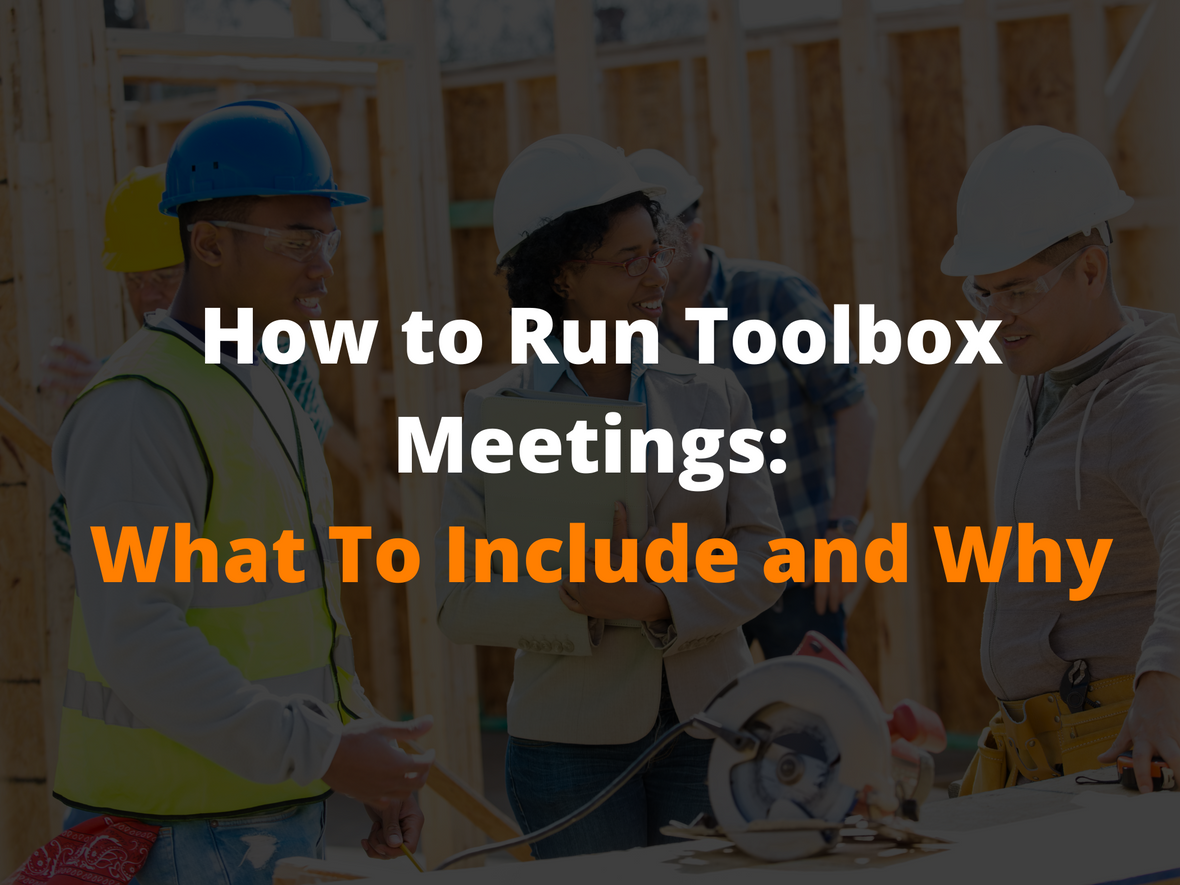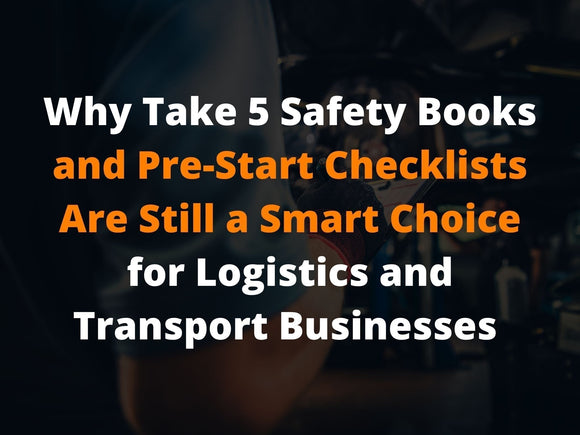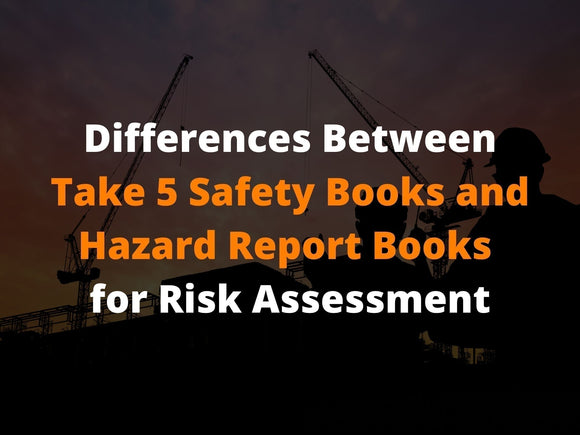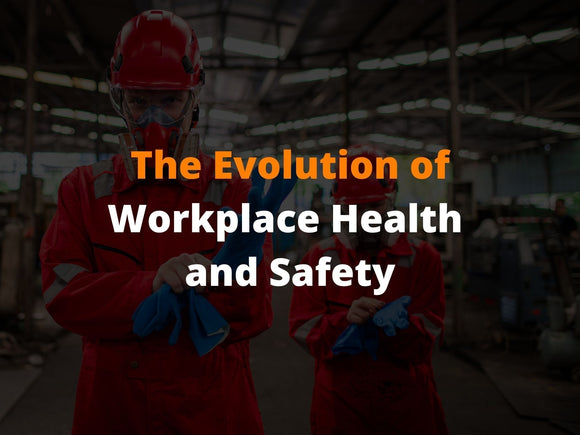
How to Run Toolbox Meetings: What to Include and Why
If you're not familiar with the term ‘Toolbox Meeting’, it simply refers to a meeting that's held to discuss potential hazards and how to prevent them. Toolbox meetings are typically short and focused on specific tasks or goals. In this blog post, we’ll discuss what should be included in a toolbox meeting, the benefits of holding them regularly and how safety checklists can make toolbox meetings even more effective.
How Do You Run a Toolbox Meeting?
Running a toolbox meeting is fairly simple once you get the hang of it. Here's a quick checklist to follow:
- Pick a date and time that works for everyone – at the start of the day is always good.
- Make sure you have any information you need to give the crew and your safety checklist handy.
- Start on time and stick to the point.
- Encourage participation from everyone in the group.
- You can decide who will lead the meetings. This can be rotated among employees or you can designate one person to lead the meetings on a regular basis.
- Keep the meeting focused and on topic.
- End on time.
Keeping it short and sweet - by following these steps will help ensure that your toolbox meeting is productive and runs smoothly.
What Should Be in a Toolbox Meeting?
Toolbox meetings are brief and informal meetings between employees to discuss safety issues or concerns. So keeping it on the topic of safety is important in identifying any potential hazards, solutions or the need for training.
A toolbox meeting checklist can be a helpful way to ensure that your meetings are focused and productive. The checklist should include items such as reviewing the safety policies and procedures, discussing any incidents or near-misses, and conducting safety inspections. By using a toolbox meeting checklist, you can help to ensure that your employees are kept safe and that your meetings are running smoothly.

Effective Toolbox Meetings
To make sure toolbox meetings are effective and your staff are engaged, it's important to keep them relevant. If there is a job-related concern or safety issue that needs attention before the start of work on-site, then toolbox meetings are the place to discuss them. Addressing these concerns beforehand means they won’t come up while you’re working hard already!
In addition, toolbox meetings can also be used to discuss specific tasks or goals. For example, if you're working on a new construction project, you may use a toolbox meeting to discuss the work that needs to be done and how to stay safe while doing it.
As well as this, your team can also highlight areas where they need guidance or training for the job.
What Are the Benefits of a Toolbox Meeting?
There are many benefits to holding regular toolbox meetings, including:
- Help to ensure that everyone is on the same page when it comes to safety.
- Provide an opportunity for workers to ask questions and voice concerns.
- Help to build a sense of camaraderie among employees.
- Improved safety on-site.
- No excuses for not knowing safety regulations and expectations.
Improving Safety In Your Workplace
Running toolbox meetings are a great way to improve safety. By following the tips in this blog post, you can ensure that your meetings are productive and informative. And most importantly, you can help to keep your employees safe.
It’s essential to listen to your employees' concerns and ideas. They're often the ones that can prevent incidents from occurring and they may already have a solution in mind!
Checklists put the safety back into employees’ hands so you don't need to send them off on their own. Giving them the confidence when they need it most is crucial for ensuring workplace health and safety is followed. Take 5 Checklists are simple and easy to use and keep everyone's focus on safety.

Ready To Run Toolbox Meetings for Your Workplace?
Toolbox meetings are a great way to ensure that everyone on your team is on the same page and aware of any potential safety hazards. The easiest way to get started is by using a toolbox meeting checklist. This will help make sure that you cover all of the necessary topics and that everyone has a chance to voice any concerns.
Simply gather everyone together at the start of the day, grab a coffee, and get started. Toolbox meetings only need to take a few minutes, but they can make a big difference in ensuring a safe and productive work environment.
To find out how you can use safety checklists in your toolbox meetings check out our blog post on how to complete a Take 5 Risk Assessment.



